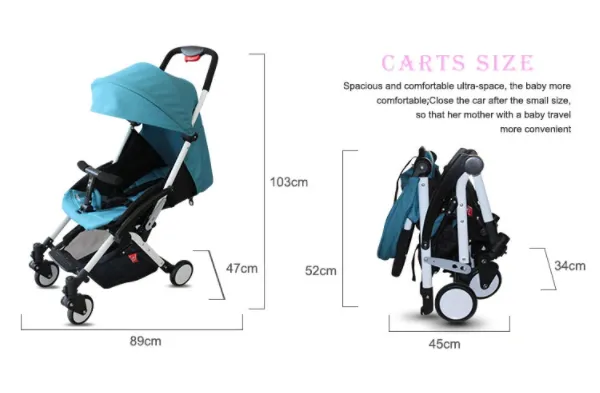
- Afrikaans
- Albanian
- Amharic
- Arabic
- Armenian
- Azerbaijani
- Basque
- Belarusian
- Bengali
- Bosnian
- Bulgarian
- Catalan
- Cebuano
- Corsican
- Croatian
- Czech
- Danish
- Dutch
- English
- Esperanto
- Estonian
- Finnish
- French
- Frisian
- Galician
- Georgian
- German
- Greek
- Gujarati
- Haitian Creole
- hausa
- hawaiian
- Hebrew
- Hindi
- Miao
- Hungarian
- Icelandic
- igbo
- Indonesian
- irish
- Italian
- Japanese
- Javanese
- Kannada
- kazakh
- Khmer
- Rwandese
- Korean
- Kurdish
- Kyrgyz
- Lao
- Latin
- Latvian
- Lithuanian
- Luxembourgish
- Macedonian
- Malgashi
- Malay
- Malayalam
- Maltese
- Maori
- Marathi
- Mongolian
- Myanmar
- Nepali
- Norwegian
- Norwegian
- Occitan
- Pashto
- Persian
- Polish
- Portuguese
- Punjabi
- Romanian
- Russian
- Samoan
- Scottish Gaelic
- Serbian
- Sesotho
- Shona
- Sindhi
- Sinhala
- Slovak
- Slovenian
- Somali
- Spanish
- Sundanese
- Swahili
- Swedish
- Tagalog
- Tajik
- Tamil
- Tatar
- Telugu
- Thai
- Turkish
- Turkmen
- Ukrainian
- Urdu
- Uighur
- Uzbek
- Vietnamese
- Welsh
- Bantu
- Yiddish
- Yoruba
- Zulu
Dec . 19, 2024 12:42 Back to list
how do you adjust a derailleur on a mountain bike
How to Adjust a Derailleur on a Mountain Bike
Adjusting the derailleur on your mountain bike is an essential skill every cyclist should learn. Whether you're experiencing shifting issues or simply want to ensure your bike performs at its best, knowing how to adjust the derailleur can keep you riding smoothly. In this article, we will guide you through the steps required to adjust both the front and rear derailleurs, ensuring your bike's gear system remains efficient and reliable.
Understanding the Derailleur System
Before diving into the adjustment process, it's important to understand the two types of derailleurs on your mountain bike the front derailleur, which moves the chain between the chainrings, and the rear derailleur, responsible for shifting the chain across the cassette's gears. Proper adjustment of these components is vital for smooth and accurate shifting.
Tools Needed
To begin the adjustment process, gather the following tools - A 5mm Allen wrench - Screwdriver (flathead and Phillips) - Chain checker (optional) - Lubricant - Clean rag
Step 1 Inspect and Clean
Start by inspecting your derailleur system for any visible debris or damage. Use a clean rag to wipe down the derailleur and chain to remove dirt and grime. A clean system works better and provides more accurate shifting. Check the chain for wear using a chain checker; replace if necessary.
Step 2 Adjusting the Rear Derailleur
For most mountain bikes, the rear derailleur requires more attention as it directly affects the bike's performance
. Follow these steps for adjustment1. Set the Limit Screws Limit screws prevent the chain from overshifting and derailing. There are usually two screws labeled 'H' (high) and 'L' (low) - High Limit Screw Adjust this when shifting to the smallest cog. Shift the chain to the smallest cog and ensure it doesn’t go past it. If it does, turn the 'H' screw clockwise to reduce the derailleur movement. - Low Limit Screw Shift the chain to the largest cog. Adjust the 'L' screw if the chain attempts to shift past the largest cog. Turn it clockwise to limit the derailleur's movement accordingly.
how do you adjust a derailleur on a mountain bike

2. Indexing the Gears Once the limit screws are set, check the indexing - Shift through each gear to ensure smooth transitions. If the chain is skipping or not shifting properly, the cable tension may need adjustment. - Using the barrel adjuster (located where the cable attaches to the derailleur), turn it clockwise to increase tension if it’s not shifting to a higher gear. Conversely, turn it counterclockwise to decrease tension if it’s over-shifting.
Step 3 Adjusting the Front Derailleur
The front derailleur is often simpler to adjust but equally important. Follow these steps
1. Check the Limit Screws Similar to the rear derailleur, the front derailleur has 'H' and 'L' limit screws. Adjust them so the chain can shift to the inner chainring without overshifting, and ensure it can shift to the outer ring safely.
2. Angle and Height Adjustment Ensure the derailleur is parallel to the chainrings and positioned about 1-3mm above the largest chainring. If it is too high or low, adjust the derailleur mount by loosening the appropriate screws.
3. Cable Tension Like the rear derailleur, adjust the cable tension if the shifts are not smooth. Use the barrel adjuster to fine-tune as necessary.
Final Check
After making all the necessary adjustments, take your bike for a test ride. Shift through all the gears to confirm smooth transitions without skipping or hesitation. If you notice any issues, you may need to repeat the adjustment process.
Conclusion
Adjusting your mountain bike's derailleur may seem daunting at first, but with practice, it becomes an invaluable skill for any cyclist. Regular maintenance not only prolongs the life of your bike but also enhances your riding experience. Remember, a well-adjusted derailleur helps you tackle any trail with confidence and ease. So, roll up your sleeves, get your tools out, and enjoy the ride!
-
The Ultimate Kids' Four-Wheeler Experience
NewsJul.09,2025
-
The Ultimate Guide to Mountain Bikes: Gear Up for Your Ride
NewsJul.09,2025
-
The New Age of Cycling: Electric Bikes for Every Rider
NewsJul.09,2025
-
The Best Kids Bicycles: Ride in Style and Safety
NewsJul.09,2025
-
The Best 3-Wheel Scooters for Kids: Fun, Safety, and Adventure
NewsJul.09,2025
-
Revolutionize Your Ride: Affordable Electric Bikes
NewsJul.09,2025
-
Finding the Perfect Mountain Bike for Every Rider
NewsJul.09,2025



